Photo

♡ baby filefish (¬‿¬)
#fish#cute#scuba#underwater#nature photo#scuba diving#pinoy#philippines#cute animals#baby fish#スキューバダイビング#스쿠버#潛水#beauty#oceans#paditv#natgeo#curiomo#tangfish#baby animals
861 notes
·
View notes
Photo

A small group of us went out looking for whales one day out in Palau, far out from shore. We thought we’d seen signs of the whales, so a few of us jumped into the water and while we were looking around these Silky Sharks suddenly appeared out of nowhere (we were out in the bluewater, meaning that you couldn't see the bottom or any structure or island around you). The Silky Sharks were attracted by our splashing and the sounds of the boat. These types of sharks live out in the open ocean, well away from coastal waters and reefs. To survive in that barren environment, they need to be extremely fast, agile and able to sense and hunt prey from a great distance. I loved interacting with these beautiful and inquisitive sharks - photo taken offshore Palau, Western Pacific Ocean
#silkyshark#saveoursharks#save our sharks#sharknado#shark week#scuba diving#underwater#scuba#naturephoto#sharkfin#stop shark finning#curiomo#tangfish#fishes#ocean#pacific ocean#paditv#natgeo#subal#nikon
200 notes
·
View notes
Photo
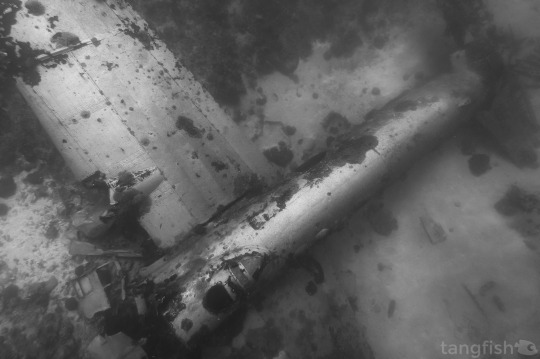
The “Betty” Bomber is a Japanese Navy bomber that was a technological game-changer for Japan during WW2. This particular airplane was claimed by the Pacific over seventy years ago - photo taken at Chuuk Lagoon, Micronesia
#micronesia#world war ii#ww2#ww2 planes#scuba diving#history#japan#chuuk#truk lagoon#oceans#shipwreck#diving#scuba#federated states of micronesia
149 notes
·
View notes
Photo

Sunsets can be just as beautiful underwater - photo taken at Coral Gardens, Huvadhoo Atoll
#maldives#sunset#diving#underwater#reefscape#blue nature#scuba diving#dive#curiomo#tangfish#underwater life#aqua#submerge#ocean life#subal#nikonphotography
264 notes
·
View notes
Photo

Green Sea Turtles (”Honu” in Hawaiian) begin their lives as omnivores, but then transition to an all vegetarian diet as they enter adulthood. They eat mostly sea grasses and algae and it is said that herbivorous turtles like these tend to host fewer parasitic organisms such as barnacles living on their shells, as a result of their vegetarian diet. Judging by the beauty and cleanliness of this dude’s shell, I’d say that the theory has some merit - photo taken at Maarehaa Kandu, Indian Ocean
#turtles#honu#reptile#scuba#nature photo#oceans#スキューバ#스쿠버#潛水#love#animal#curiomo#tangfish#natgeo#wild#diving#underwater#tao#turtle
970 notes
·
View notes
Photo

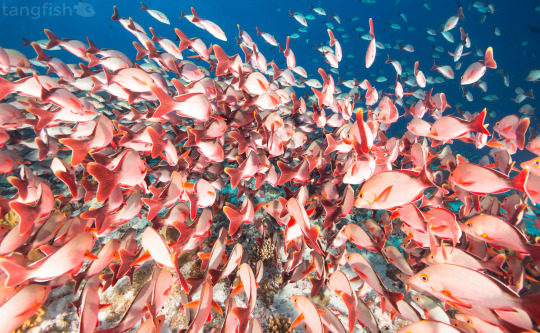
This huge school of Humpback Snapper that let me swim amongst them - photo taken at Meemu Atoll, Indian Ocean
#indian ocean#scuba#school of fish#scuba diving#paditv#nature#animals#oceans#maldives#tropical honeymoon#ocean#curiomo#tangfish#snapper#reef
269 notes
·
View notes
Photo

Aeolid Nudibranch - photo taken at Mindoro Island, Philippines
#nudibranch#marine life#nature photography#scuba#super macro#creature#tangfish#curiomo#underwater#buceo#tauchen#plongee#scuba diving#nudi
164 notes
·
View notes
Photo

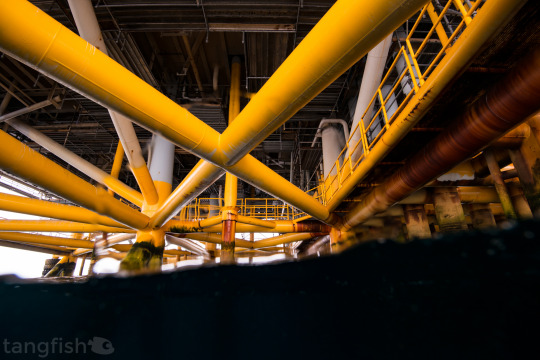

Above & below an oil rig in Southern California - photo taken offshore San Pedro, CA
#oil rigs#california#scuba diving#diver#california coast#oil#oceans#curiomo#tangfish#underwater#diving#scuba#immersione
81 notes
·
View notes
Photo

Anemonefish - photo taken at Hin Daeng, Thailand
#anemonefish#nature photo#fish#thailand#diving#tangfish#underwater#scuba#anemone#fishes#curiomo#hin daeng#andaman sea
175 notes
·
View notes
Photo

Crabs and Lobsters have robust legs for walking around the reef, whereas Shrimp have thin, delicate legs for perching and primarily move around by swimming - photo taken in the Andaman Sea using an UltraMax Ring Flash
#marine biology#crustacean#nature#animals#ocean life#curiomo#scuba#underwater#subal#tangfish#locomotion#animal kingdom#science#dive#uw photo#underwater macro#paditv#ultramax#ring flash#andaman
108 notes
·
View notes
Photo
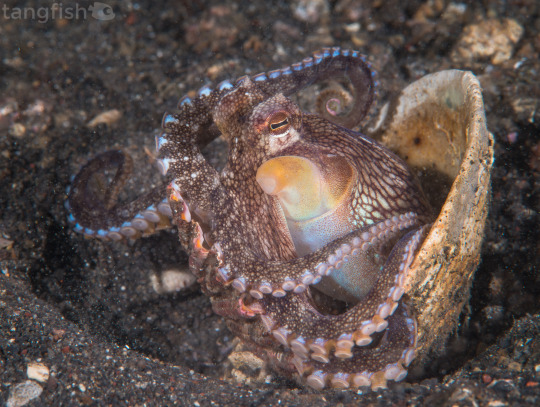
The Coconut Octopus is one of very few animals on the planet known to seek out and make use of objects as tools, in this case a shell used as protection - photo taken at Lembeh Strait, Indonesia
#octopus#creature#scuba diving#underwater#nature#indonesia#curiomo#paditv#buceo#subal#underwater macro#lembeh#smart animals#dive#nikon
427 notes
·
View notes
Photo

The main difference between soft and hard corals is that hard corals produce and leave behind a rock-like skeleton as they grow, made of calcium carbonate - CaCO3 (the same substance that chalk and Tums is made out of).
It is these calcified skeletons that together make up the primary structure of a coral reef, which can eventually grow to the size of a mountain range. A good example is the Great Barrier Reef, which despite recent mass bleaching is still presently the largest living thing on Earth and is visible from space - photo taken at Foammulah Atoll, Indian Ocean
#maldives#tropical reefs#coral#indian ocean#tangfish#scuba diving#curiomo#beauty#oceans#subal#aquatic#潛水#스쿠버다이빙#スキューバ#asia#divers#nature#natgeo#paditv#colorful#wall diving#scuba
182 notes
·
View notes
Photo

Jellyfish vibes - photo taken at Koh Haa Nua, South Andaman Sea
#jellyfish#alien#andaman sea#phuket#scuba#thailand#潛水#스쿠버다이빙#スキューバ#curiomo#underwater#tangfish#tauchen#immersione#buceo#uw macro#nature photo hd images
323 notes
·
View notes
Photo

Pyramid Butterflyfish schooling alongside the reef at Bunaken National Marine Park, Indonesia
#bunaken#indonesia#underwater#潛水#스쿠버#スキューバ#curiomo#scuba#reef fish#bunaken national marine park#manado#oceans#tangfish#coral#blue water
179 notes
·
View notes
Photo

The Hooded Nudibranch (Melibe leonina) supposedly smells like fresh watermelon when taken out of the water. This alien-like sea slug can release its six petal-like cerata in the same way that a lizard can drop its tail when threatened.
Yes, that’s like dropping a trail of watermelon jolly ranchers when being chased - photo taken at Three Tree Point, Puget Sound, Washington
#hooded nudibranch#sea slug#nudibranch#tangfish#scuba#curiomo#paditv#underwater macro#buceo#alien#creature#glowing#ocean#scuba diving#underwater#watermelon#smells#nature facts
111 notes
·
View notes
Photo

Sea to Sky - Huvadhoo Atoll, Maldives, Indian Ocean
#maldives#indian ocean#blue#skies#oceans#underwater photo#scuba diving#paditv#natgeo#asia#blue water#tangfish#curiomo#huvadhoo#sunburst#スキューバ#潛水#스쿠버#buceo
793 notes
·
View notes
Photo

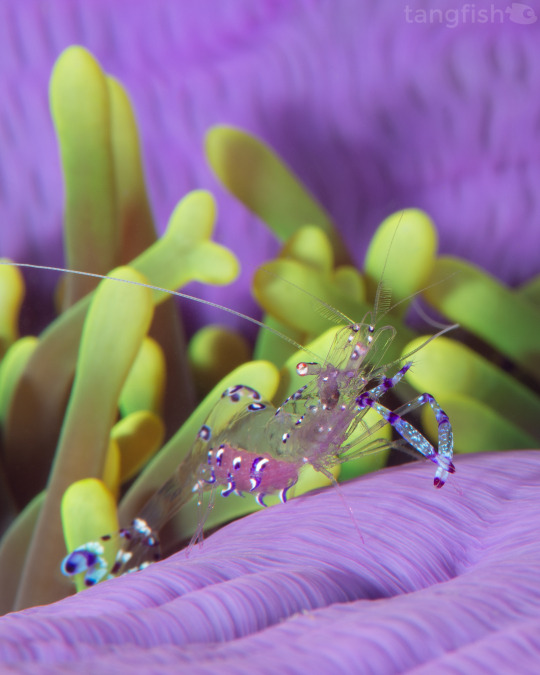
The Saraswati Anemone Shrimp makes its home on a sea anemone (the purple and green). Fish allow this 1-cm long “cleaner shrimp” to crawl all over them, including inside their mouths and gills, in order to eat tiny unwanted parasites off of the much larger animals.
Since they play such an important role in the health of the reef ecosystem, most if not all other animals just let them do their jobs and don’t try to eat them.
If you look closely you can see right through this shrimp’s exoskeleton and notice the clutch of eggs it’s carrying - photo taken at Kri Island, Raja Ampat, Indonesia
#indonesia#sarasvati#scuba dive#kri island#raja ampat#tangfish#scuba#paditv#shrimp#oceanlife#curiomo#tiny#uwphotography#nature photography
458 notes
·
View notes